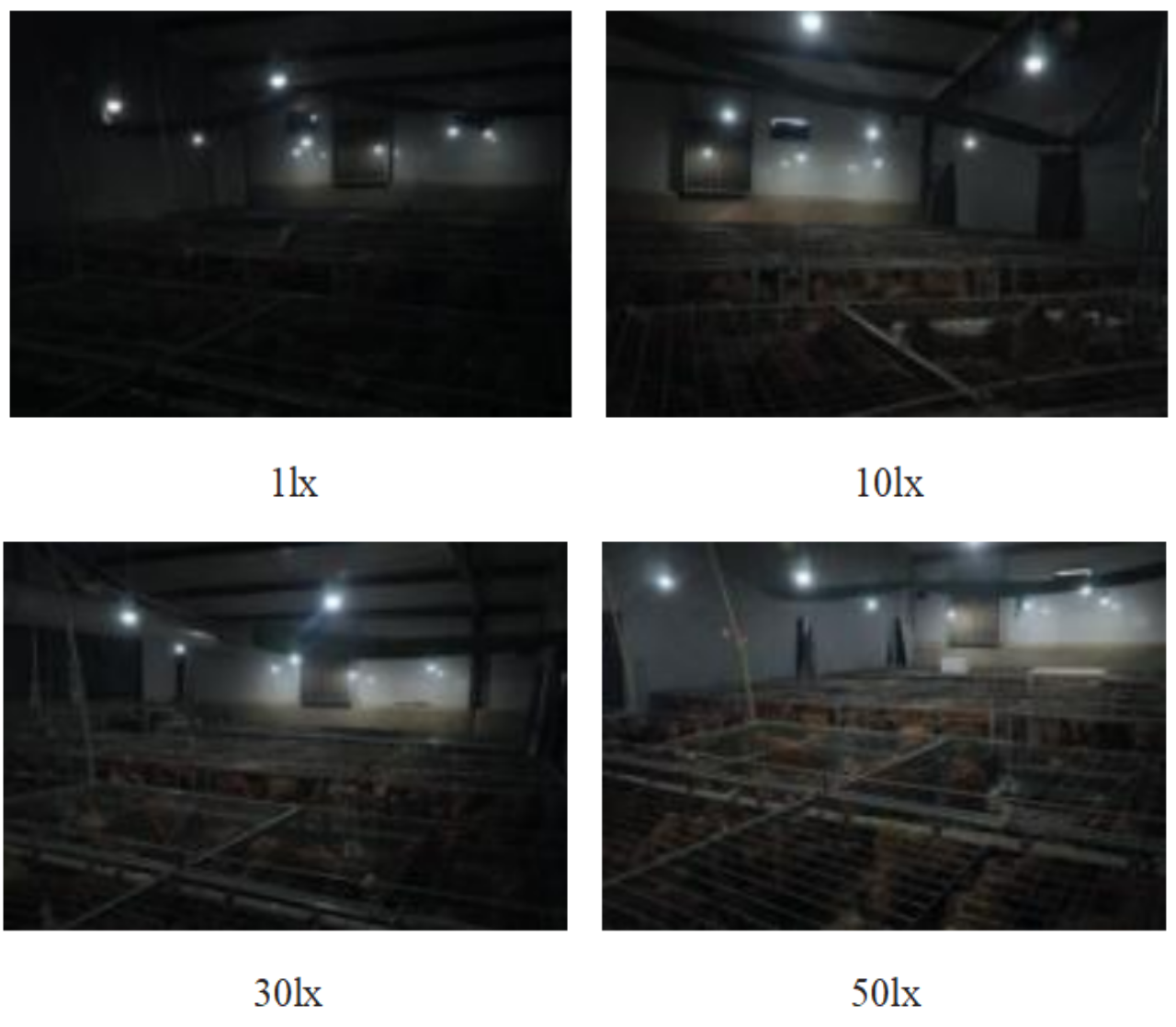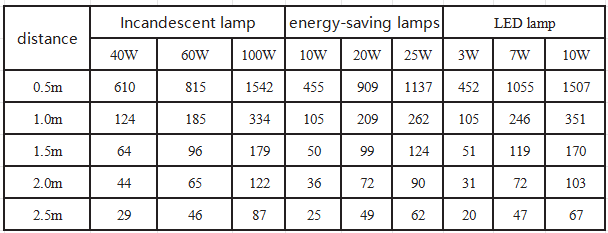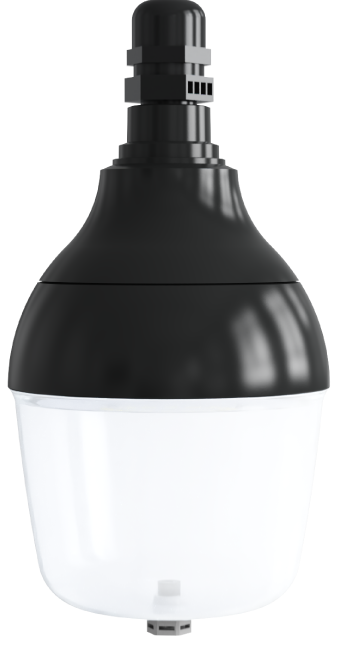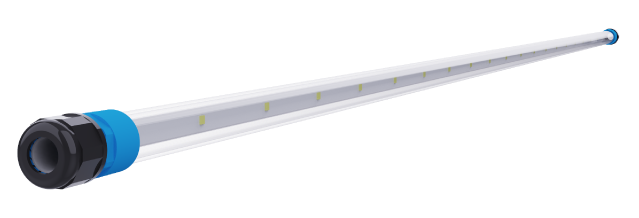Poultry Housing Lighting: Best Led Poultry Houses Lights

Directory:
1. Current Status of Poultry Housing Lighting
2. Common Misconceptions in poultry housing Lighting Application
3. Yellow-Feathered Broilers' Response to Light Rhythm
4. Yellow-Feathered Broilers' Response to Various Light Sources
5. Broilers Chicken Lighting Recommended Solution
6. Layer Chicken Lighting
7. Comparison of Standard Energy-Saving Lamps and LED Lamps
8. Poultry Housing Lighting Management Best Practices
9. Effective Bulb Layout
10. Best Led Poultry Houses Lights
1. Current Status of Poultry Housing Lighting
1.1 The Importance of Poultry Housing Lighting
Firstly, it provides illumination.
Secondly, it encourages movement.
Thirdly, it aids in achieving sexual maturity (for slower-growing breeds).
Fourthly, it assists in drying and heating.
Fifthly, it plays a role in sterilization and disinfection.
1.2 Level of Focus
Broilers are less responsive to lighting compared to laying hens, and local chickens perform worse than imported varieties. Other types of poultry are generally not as effective as chickens, with pigeons presenting the most complex situation.
1.3 Overview
Light Sources: LED poultry houses lights have become widely used, while energy-saving bulbs make up a small portion, and incandescent bulbs have been phased out.
Duration: There is a significant variation, ranging from 12 to 24 hours daily.
Rhythm: Options include natural light, continuous light, and variable light patterns.
Intensity: Levels range from 5 to 50 lux.
2. Common Misconceptions in poultry house Lighting Application
It is a misconception that longer light exposure leads to increased feed consumption and weight gain.
Additionally, it is believed that extended light exposure results in greater activity, fewer leg issues, and improved survival and market rates.
Stronger lighting is thought to enhance feed intake and growth rates.
However, continuous lighting has not been shown to increase feed intake, accelerate growth, or reduce leg problems and mortality as anticipated.
3. Yellow-Feathered Broilers' Response to Light Rhythm
Throughout the study, there were no significant differences in production performance, immunity, stress resistance, or nutrient retention.
The 16L:8D night light supplementation schedule can moderately enhance feed intake and weight gain.
4. Yellow-Feathered Broilers' Response to Various Light Sources
There were no notable differences in feed consumption and weight gain based on poultry houses light sources.
Similar to white-feathered broilers, yellow-feathered broilers do not require 23 hours of light.
Their growth is not particularly sensitive to light intensity.
Given that yellow-feathered broilers need to mature quickly, they may require different light rhythms and intensities.
Red light is not beneficial for broiler growth and feed efficiency.
The use of LED lighting is highly recommended.
5. Broilers Chicken Lighting Recommended Solution
5.1 Lighting Duration
For white-feathered broilers: (1) Start with a gradual reduction followed by an increase in light duration: 24 hours for the first 1-3 days, 23 hours for days 4-7. and 9-12 hours for days 8-17 to help prevent sudden death syndrome. From day 18. increase to 16 hours and then add 2 hours each week until reaching 23 hours by the sixth week; (2) 14+2 hours.
For yellow-feathered broilers: Provide 16-18 hours of light daily until they reach 70 days old to ensure adequate rest for healthy growth. Fast-feathered chickens should receive additional light at night (14+2). For broilers older than 90 days, to support early maturity and fat accumulation for flavor enhancement, start with reduced light and then gradually increase it to promote gonadal development. This can be set at 8-12 hours from weeks 2 to 8. increasing by 1 hour each week from week 9 until reaching about 18 hours by the time they are ready for market.
5.2 Light Intensity
For the first 1-7 days: 20 lux; after 8 days: less than 5 lux (using 2W LED lights, 2 meters apart). A comparison of yellow-feathered broilers exposed to various light intensities (1 lux, 10 lux, 30 lux, and 50 lux) showed that increasing light intensity did not enhance body weight or feed intake. White-feathered broilers were tested under different LED light colors (white, green, blue, and red), revealing that these colors did not impact feed intake. However, red light was associated with reduced early weight gain, lasting until 42 days, and resulted in lower feed conversion efficiency and slower growth. Among the four light color conditions, the white light group had a higher mortality rate, primarily during the brooding and late growth phases, while the red light group had the lowest mortality, mainly occurring during the brooding period. The type of light source did not affect feed consumption or body weight gain.
5.3 Light Color
For medium-speed and fast-growing broilers: use green and blue light. For slow-growing yellow chickens: use red light in the later stages.
Broiler lighting offers significant potential for efficiency and energy savings.
Lighting duration varies greatly.
Light intensity is generally high.
LED poultry houses lights are recommended for light source selection.

6. Layer Chicken Lighting
6.1 Features
Layer hens are significantly more sensitive than broilers. According to the photoperiod principle, light levels must remain constant during the brooding and rearing phases, and cannot be decreased during the egg-laying phase.
6.2 Current Situation
Lighting duration: 16 to 16.5 hours for egg-laying hens and 15 hours for broiler breeders.
Light intensity: 10 to 20 lux for egg-laying hens and 50 to 100 lux for broiler breeders.
Light color (wavelength): warm light.
Light source options: Fluorescent lamps and LEDs can influence egg production.
7. Comparison of Standard Energy-Saving Lamps and LED Lamps
7.1 Standard Energy-Saving Lamps: Electricity-Heat-Light
These lamps contribute to mercury pollution during production and disposal. They are made of glass, which is fragile and challenging to transport and install. They consume a lot of power, are prone to damage, have a short lifespan, and while they save energy, they do not necessarily save money.
7.2 LED poultry houses Lights: Electricity-Light
Energy efficiency: White light LEDs consume only 1/10 the energy of incandescent bulbs and 1/4 that of energy-saving lamps.
Longevity: They can last over 100.000 hours.
High-speed operation: Unlike energy-saving lamps, which can blacken the filament with frequent on/off cycles, LEDs can handle rapid switching without issue.
8. Poultry Housing Lighting Management Best Practices
Lamp height should be between 1.8 to 2.4 meters, with a distance of 2.5 meters between lamps.
Bulbs should be positioned to illuminate water and feed troughs and placed along walkways.
Arrange bulb rows in a cross pattern to ensure even ground lighting. The timing for turning lights on and off should be consistent.
Supplemental lighting should be coordinated with feeding schedules.
Regularly clean dust from lamps and install lampshades.
9. Effective Bulb Layout
The layout of light sources is crucial for achieving uniform lighting.
Uneven lighting can lead to issues with feeding, drinking, and stress.
A well-planned layout should consider light source density and staggered positioning.
Take into account the height of light sources and consider a double-layer setup for cage farming.
Be mindful of the placement of wet curtains, feeding, drinking, and other equipment.
In open chicken houses, consider the orientation and provide additional light on the shaded side.
The effect of bulb distance on light intensity

10. Best Led Poultry Houses Lights


